FIX: Office Apps Sign-in Error 0xC0070057 on Windows 10/11?
The error code 0xC0070057 occurs when users attempt to sign in to the Microsoft Office applications. This error code is accompanied by a message that states “We couldn’t sign you in’.

We had a look into the issue and discovered that it can be caused by several reasons including the ones mentioned below:
- Internal glitches – There are times when a minor temporary glitch prevents you from launching or signing into an application. Luckily, these glitches are temporary and can be fixed by simply reconnecting the account as we have shown below.
- Credentials file – The credential file associated with the application you are trying to run might be outdated and it might attempt to interfere with the accurate file. In this case, you can fix the problem by deleting this temporary file.
- Azure Active Directory – In some cases, the Azure Active Directory might be interfering with the process of the application that you are trying to launch, preventing it from completing the operation.
Now that we know the potential culprits, let’s see how to fix the error code 0xC0070057.
Reconnect the Account
If you cannot sign in to any of the Office applications in Windows 10 or 11 by the account provided by your organization (either work or school), then the first thing that you should do is head over to Windows Settings. Check if your Microsoft account is connected. If it is not, add the account but if it already is, reconnect it.
Doing so fixed the issue for several affected users, which is why we recommend giving it a shot.
Here are the detailed steps for doing so:
- Launch Windows Settings by pressing Windows + I keys simultaneously.
- In the Settings window, click on Accounts from the list of options available.
- Now select Access work or school from the left pane.
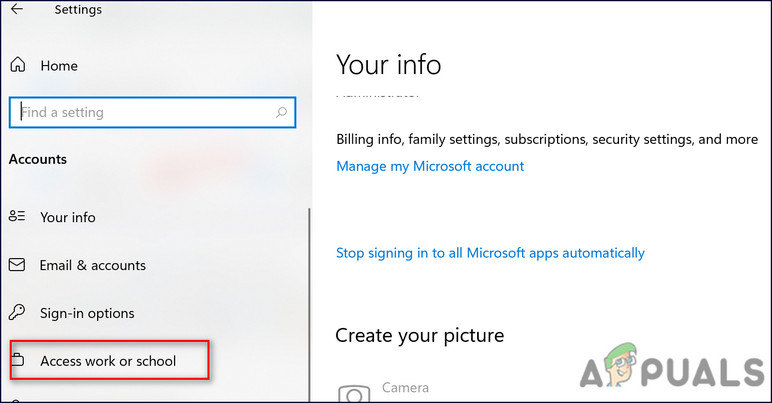
Click Access work or school - Then, head over to the right side of the window and check if your account is already connected there.
- If not, click on the Connect button. However, if it is connected, then try to disconnect and reconnect.
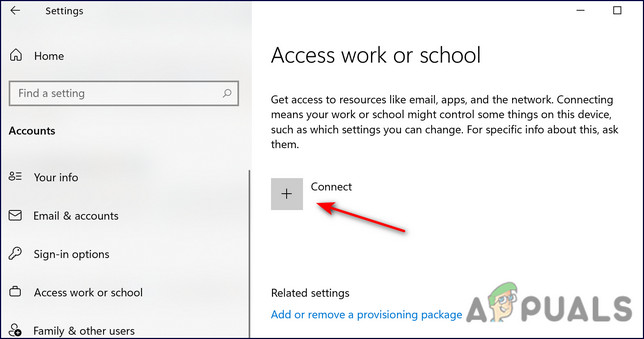
Connect - Once done, try signing into the targeted Office application and check if the error code 0xC0070057 is fixed. If not, proceed with the next method below.
Delete the Credentials File
Another fix that helped users fix the issue at hand was deleting the account information file in the AppData folder. This file is likely to be interfering in the sign-in process, resulting in the error at hand.
Since the credentials file is not critical for the application to run, deleting it is perfectly safe.
Here is what you need to do:
- Launch File Explorer and navigate to the following location. Replace the ‘username’ with the name of your user account.
C:\Users\username\AppData\Local\Packages
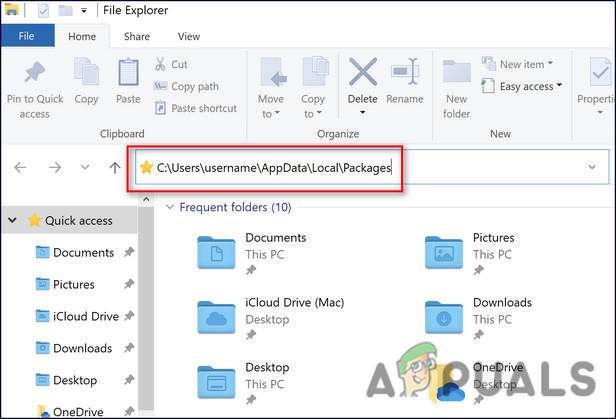
Navigate to the mentioned location
- Once you are inside the Packages folder, look for Microsoft.AAD.BrokerPlugin_cw5n1h2txyew and right-click on it.
- Select Delete from the context menu and restart your PC.
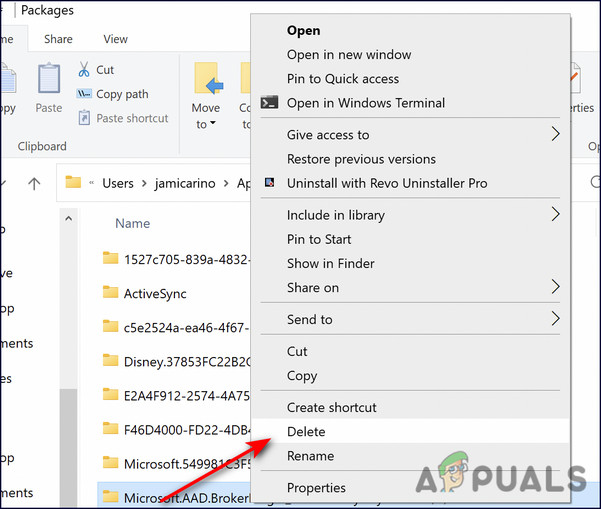
Delete the file - Upon reboot, try logging into the targeted Office application and check if the error code 0xC0070057 appears again.
Exit Azure Active Directory
Microsoft Azure Active Directory is a multi-tenant, cloud-based directory service that enables users to easily manage their identities. The Azure Active Directory (AD) helps organizations manage multiple services and allow employees to access them anywhere with a single set of credentials.
This program works fine most of the time, but its interference can sometimes lead to problems such as the error code 0xC0070057. Some users successfully manage to fix the error by exiting the Azure Active Directory via Command Prompt, and here is how you can do it too:
- Type cmd in the search area of the taskbar and click Run as administrator.
- Inside the Command Prompt window, type the command mentioned below and hit Enter to execute it.
dsregcmd /leave
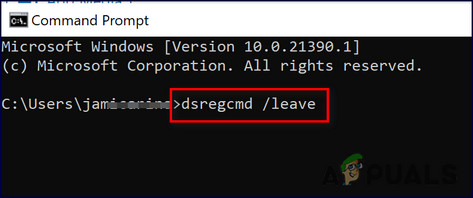
Type dsregcmd/leave
- Once the command is executed, exit the Command Prompt and check if the issue is resolved.
Modify Windows Registry
This solution was recommended by Microsoft itself after it acknowledged the error users were facing. This method involves creating some Registry keys and we highly recommend that you backup your Registry Editor before proceeding just to be on the safer side.
- Press Windows + R keys together on your keyboard to open a Run dialog box.
- Inside the text field of the dialog box, type regedit and hit Enter.

Open up Regedit - Once you are inside the Registry Editor, navigate to the location mentioned below.
HKEY_Current_User \ Software \ Microsoft \ Office \ 16.0 \ Common \ Identity
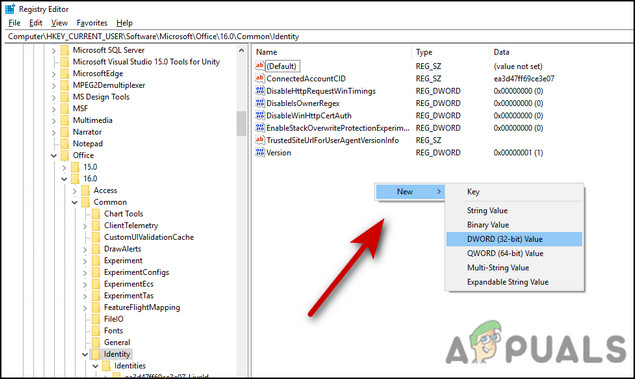
- Right-click anywhere on the right side of the window and select New > DWORD (32-bit) Value.
- Name this newly created key as DisableAADWAM.
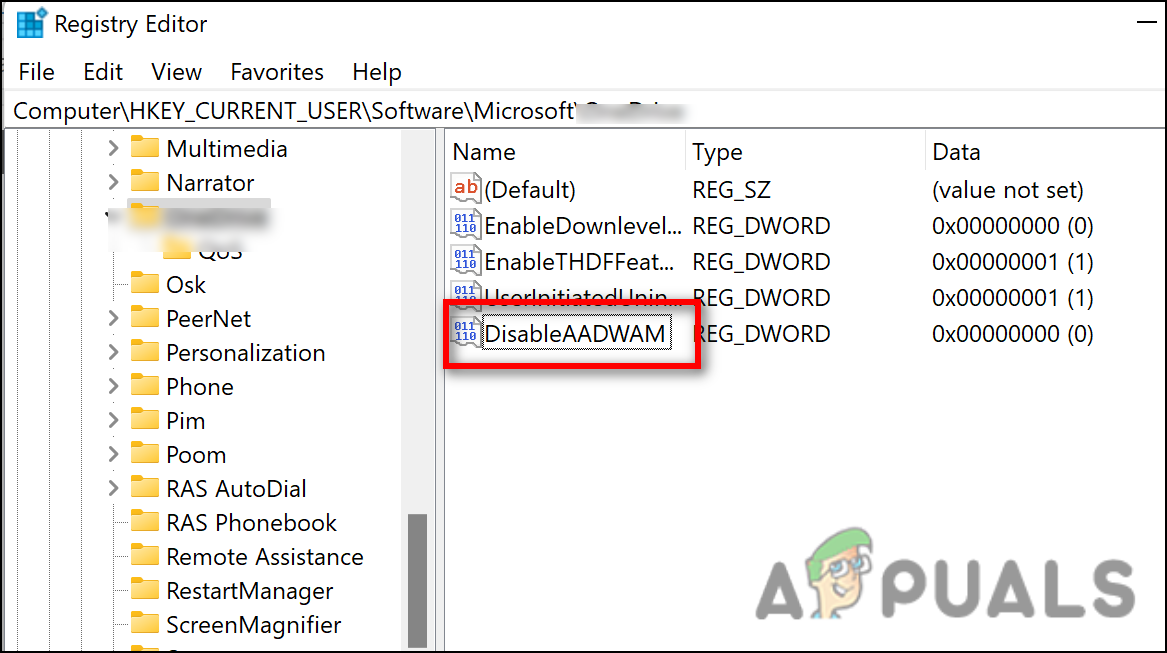
Add the filename - Double-click on DisableAADWAM and under Value data, type 1.
- Now, repeat the 4-6 steps for two more values; DisableADALatopWAMOverride and EnableADAL.
- Once you set their values to 1, close Windows Registry and restart your PC.
- Upon reboot, reinstall the application you were facing the error code 0xC0070057 with, and then try to sign into it.
Use System Restore
If you have come this far without a solution for error code 0xC0070057, then you can try reverting your system to an older point in time.
This can be done by using the System Restore utility. This utility takes snapshots of the system every now and then (especially before performing critical operations), and saves them. Think of the restore point as a backup copy of important Windows operating system (OS) files and settings that you can use to recover the system. You can also create restore points manually yourself, but it is not needed since Windows does a good job of doing that automatically.
If performing a system restore does not work for you, then you can consider performing an in-place upgrade.





